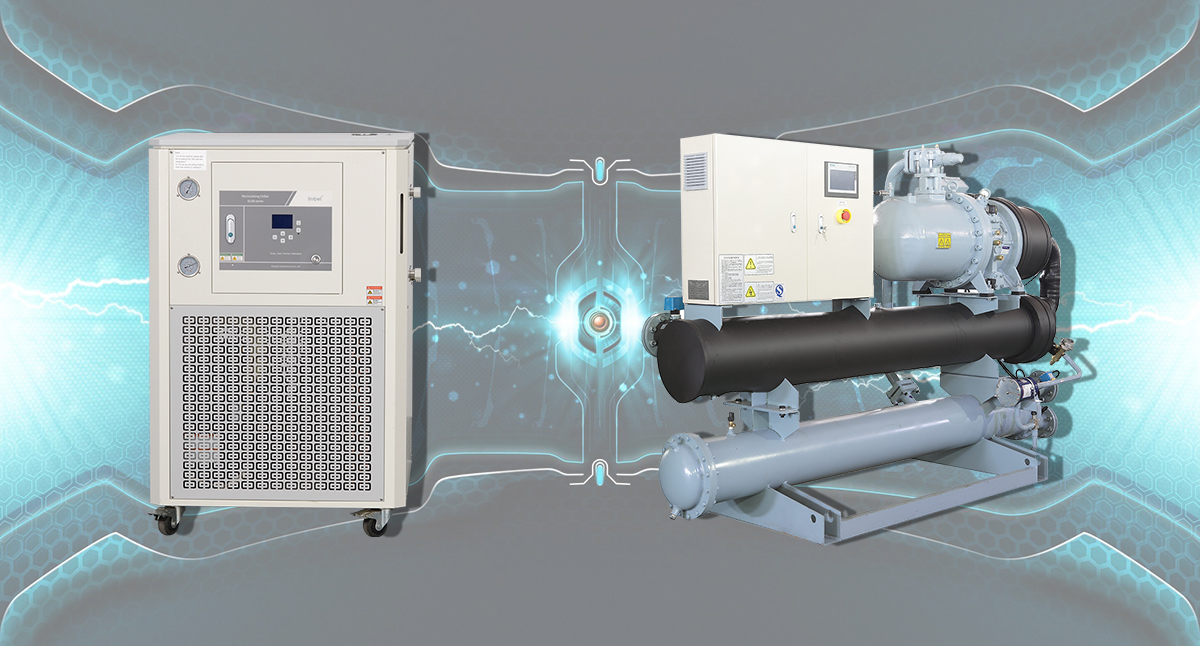
Cooling circulator vs water chiller: Don't choose the wrong one again! Deep analysis of core differences
Can't figure out the difference between a low-temperature coolant circulation pump and a chiller? Which one is suitable for sub zero and ultra-low temperatures? Which one is used for ambient temperature cooling? This article will take you to understand the structure, principle, application scenarios, and key selection of the device!
In the fields of scientific research laboratories, industrial production, and medical equipment, precision temperature control is the key to the success or failure of many devices and processes. When we talk about equipment that provides circulating coolant, two types of devices, "cooling circulator" and "water chiller", are often mentioned and sometimes confused. However, they have essential differences in core functions, application scenarios, and working principles!
Core positioning: Temperature
Cooling circulator: Its core mission is to achieve and maintain strong circulating cooling at temperatures as low as tens of degrees (typical range: -120℃ to -20℃).
Water Chiller: Its core mission is to provide cold water circulation that is close to or slightly below ambient temperature (typical range: +5℃ to +35℃).
The first core difference: target temperature & cooling capacity
Cooling circulator:
Main focus on ultra-low temperature: The design goal is to efficiently cool to tens of degrees below zero (such as -20℃, -30℃, -40℃, -80℃, -120℃).
Stronger refrigeration power: Its compressor and refrigeration system are designed to overcome huge temperature differences (from the environment to ultra-low temperatures) and have strong low-temperature refrigeration power.
Water chiller:
Main focus on temperature control stability: The design goal is to provide precise temperature control cooling close to room temperature (such as stable at 20℃, temperature control accuracy ±0.1℃).
More precise temperature control: At the set point (especially when close to the ambient temperature), the temperature control accuracy and stability are usually better than those of low-temperature circulation pumps.
Second core difference: cooling medium
Cooling circulator: Antifreeze coolant must be used!
Common ones include: a mixture of high concentration ethanol and water, a mixture of ethylene glycol and water (similar to car antifreeze), and professional low-temperature silicone oil
Characteristics: Low freezing point, suitable for ultra-low temperatures, but may be corrosive, flammable, or have high viscosity, requiring regular maintenance and replacement.
Water chiller: mainly uses water.
Usually: deionized water, purified water (sometimes with a small amount of corrosion inhibitor or antibacterial agent added)
Features: Safe and environmentally friendly, low cost, low viscosity for easy transportation, non flammable and non corrosive risk, relatively simple maintenance. But it cannot be used below 0℃, otherwise it will freeze and expand, damaging the equipment!
Application scenarios: Completely different
Cooling circulator (applicable scenarios):
Rotary evaporator condenser (requires low temperature below -20℃)
Chemical reactor, bioreactor (temperature control for low-temperature and exothermic reactions)
Low temperature testing of materials (tensile, impact, aging tests)
Vacuum freeze dryer or molecular distillation pre cooling
Semiconductor device testing, strong magnetic field coil cooling (requiring high-power low-temperature cooling)
Calorimeter、Reaction Heat Measurement
Low temperature sample storage buffer cooling
Water chiller (applicable scenarios):
Laser cooling (fiber laser, CO2 laser housing and cavity)
Medical equipment (MRI, CT, X-ray machines)
Industrial equipment (injection molding machines, CNC machining center spindles, welding equipment)
Analytical instruments (chromatograph, mass spectrometer, spectrometer internal cooling)
Precision air conditioning for server rooms and small computer rooms
Matching constant temperature and humidity test chamber
Small central air conditioning system